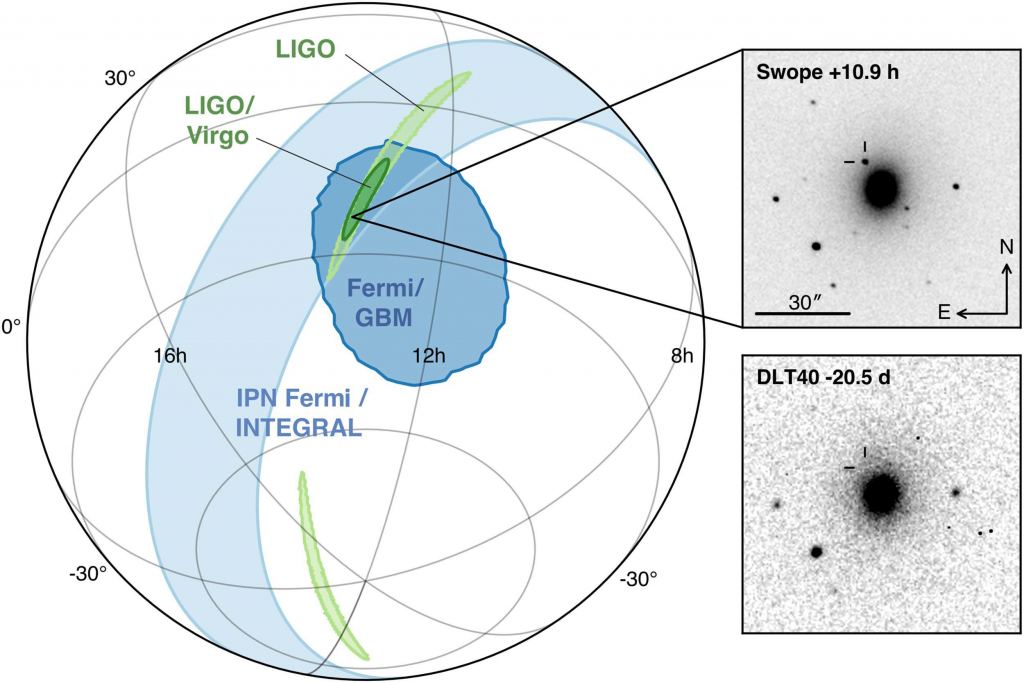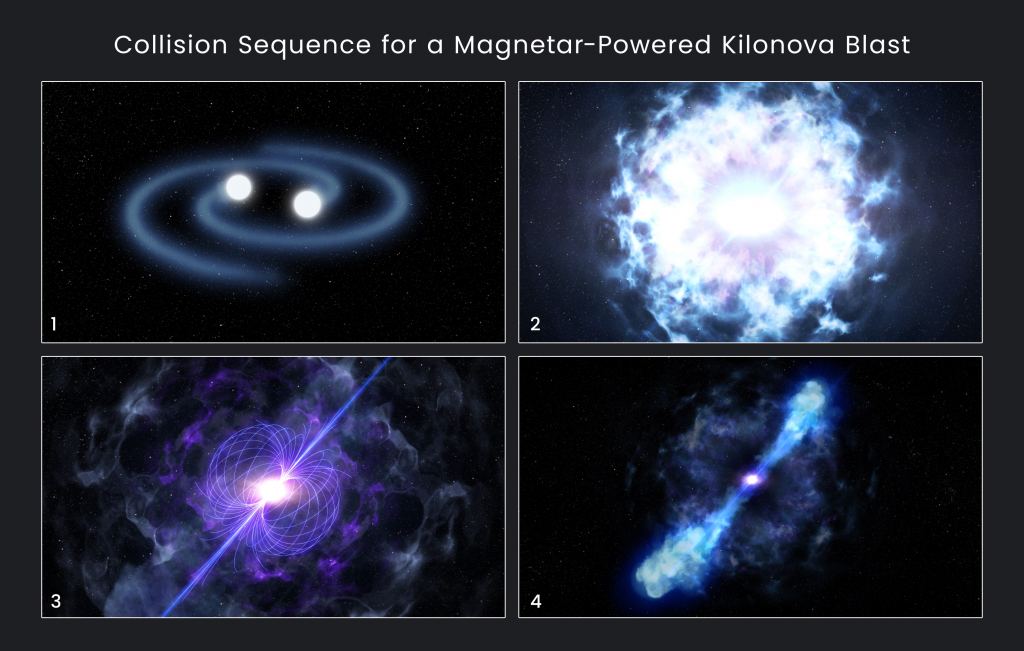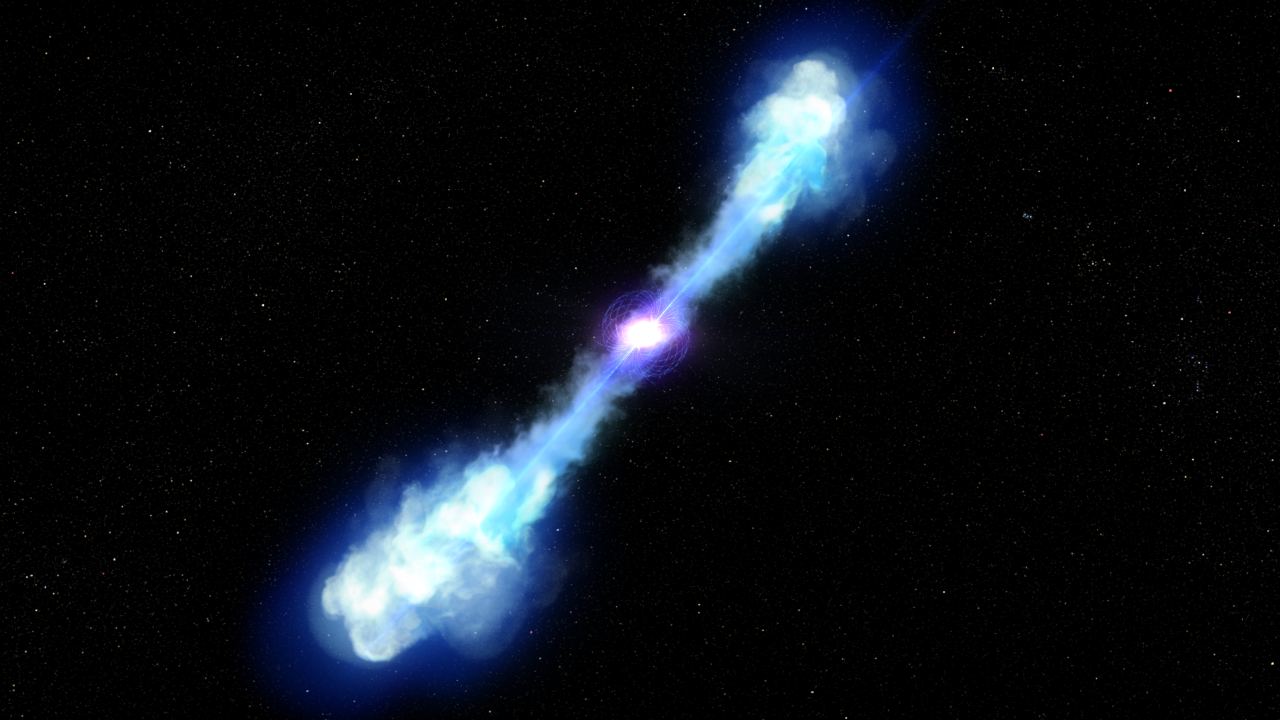A magnetar is a neutron star with a magnetic field thousands of times more powerful than those of typical neutron stars. Their fields are so strong that they can generate powerful, short-duration events such as soft gamma repeaters and fast radio bursts. While we have learned quite a bit about magnetars in recent years, we still don’t understand how neutron stars can form such intense magnetic fields. But that could soon change thanks to a new study.

In May of this year, astronomers saw the most powerful kilonova ever observed. Kilonovae occur when two neutron stars (or a neutron star and black hole) collide, creating a supernova-like explosion. They were first identified in 2010 by their intense burst of gamma rays. In 2017 a kilonova was observed through both gamma rays and gravitational waves, confirming their origin as a neutron star merger.
But the kilonova seen this year was unusually bright. It was ten times brighter than astronomers thought possible, which raised questions about the structure of neutron stars. If your read my post from a few days ago, you’ll remember the interior structure of a neutron star can determine whether a merger creates a black hole or something else.

In this case, the team looked at the light from the kilonova in radio and near-infrared. These wavelengths capture light not from the merger itself, but from the heated material surrounding it. They found that if the two neutron stars collapsed into a black hole, there wouldn’t be enough energy to produce the amount of light produced at these wavelengths. But if the merger created a magnetar, its strong magnetic field could boost the energy of the surrounding gas. This would account for the extreme brightness of the kilonova.
This study doesn’t confirm that a magnetar was created in this merger. There are other mechanisms that might account for the brightness as well, but the formation of a magnetar seems the most likely cause. Magnetars are relatively rare among neutron stars, and that would explain why most kilonovas aren’t nearly as bright as this recent one. It also means we might have to wait a while before the next bright kilonova gives us more data.
Reference: Fong, W., et al. “The Broad-band Counterpart of the Short GRB 200522A at z = 0.5536: A Luminous Kilonova or a Collimated Outflow with a Reverse Shock?” arXiv preprint arXiv:2008.08593 (2020).

